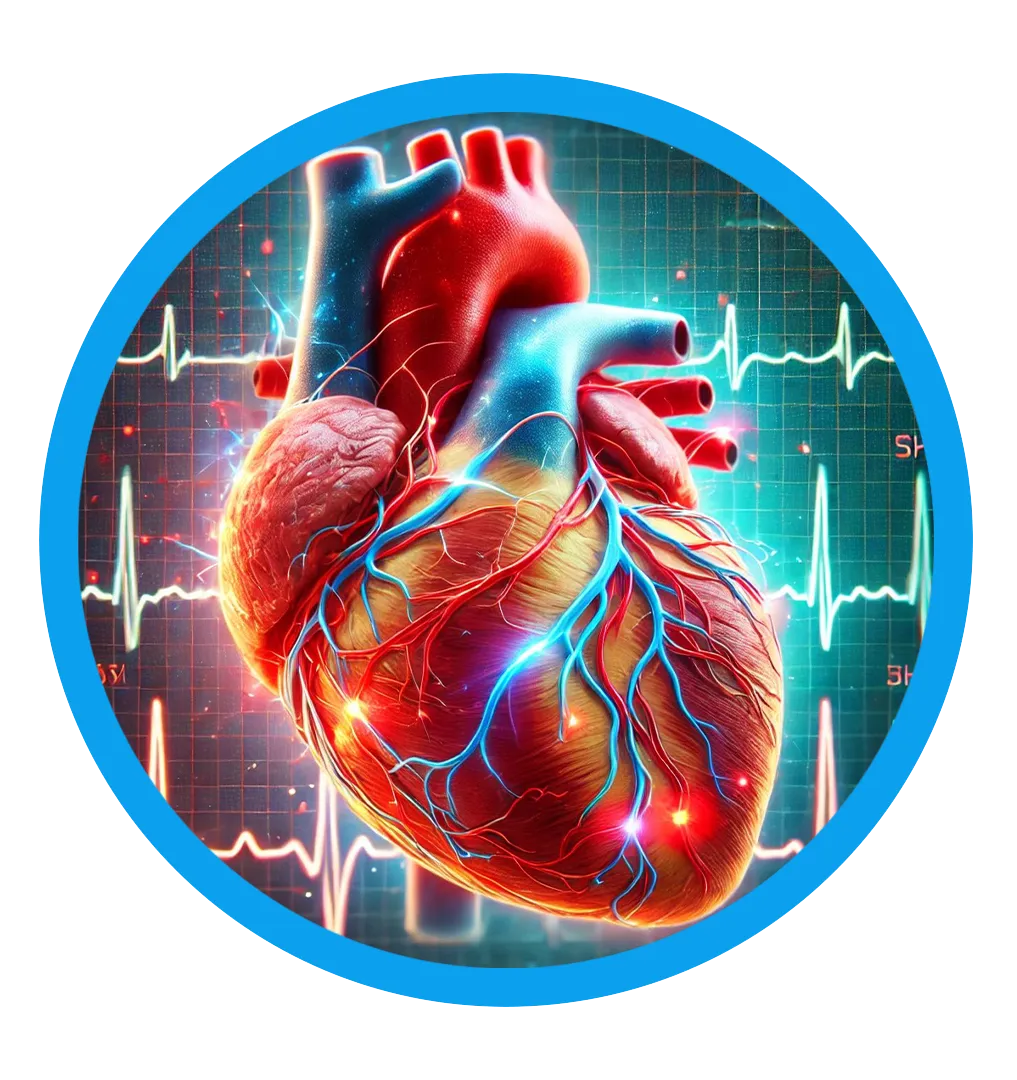The Vein Center: Varicose Vein Spider Vein Treatment
For a complete Varicose Vein analysis contact Dr. Shalaby, 281-956-7070.
Download a questionnaire for patients who experience symptoms of venous reflux.
This form can be completed and faxed, 281-956-7098 or emailed, msfront@txheartcenter.com, to the clinic for patients seeking venous treatment.
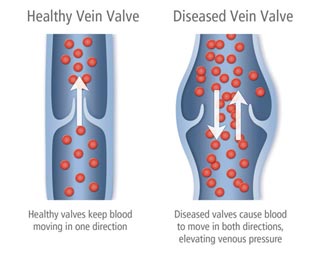
Understanding Venous Reflux Disease
Healthy leg veins contain valves that open and close to assist the return of blood back to the heart. Venous reflux disease develops when the valves that keep blood flowing out of the legs and back to the heart no longer function, causing the blood to pool in the legs, and leading to these signs and symptoms:
- • Varicose veins
- • Leg or ankle swelling
- • Leg heaviness and fatigue
- • Leg pain, aching or cramping
- • Burning or itching of the skin
- • Restless legs
- • Skin changes or rashes
- • Ulcers, open wounds, or sores
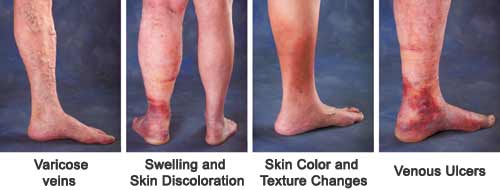
Experience the Endovenous Treatment
The Endovenous Treatment is performed on an outpatient basis. Using ultrasound, Dr. Shalaby will position the catheter into the diseased vein through a small opening in the skin. The small catheter delivers heat to the vein wall, causing it to shrink and the vein to seal closed. Once the diseased vein is closed, blood will reroute itself to other healthy veins.
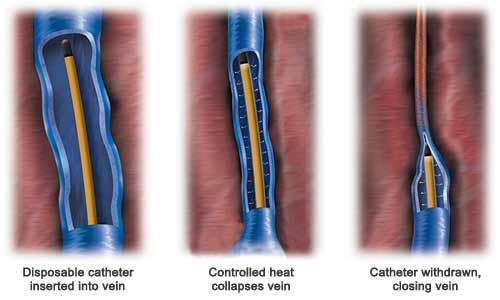
Following the procedure, a simple bandage is placed over the insertion site, and additional compression may be provided to aid healing. Dr. Shalaby may encourage you to walk, and to refrain from extended standing and strenuous activity for a period of time. Most patients typically resume normal activities within a few days.
Results
Studies have shown:
- Relief of symptoms after two days
- Less pain than laser – an outpatient procedure with local or general anesthesia
- Proven results with positive patient outcomes and experience
- Rapid recovery – on average patients resume normal activities with in a few days
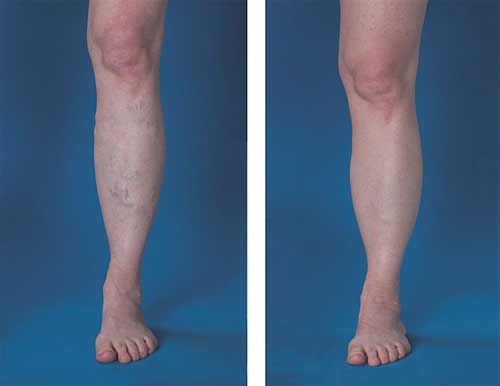
See what the Endovenous Treatment can do for you.
Frequently Asked Questions
Q: Is the Endovenous Treatment painful?
A: Most patients report feeling little, if any, pain during the Endovenous Treatment. Dr. Shalaby will give you a local or regional anesthetic to numb the treatment area.
Q: How soon can I resume normal activity?
A: Patients treated with the Endovenous Treatment may resume normal activities sooner than patients who undergo surgical vein stripping or laser ablation.The average patient typically resumes normal activities within a few days after the Endovenous Treatment. Dr. Shalaby may recommend a regular walking regimen and suggest you refrain from very strenuous activities (heavy lifting, for example) or prolonged periods of standing.
Q: How soon will my symptoms improve after treatment?
A: Most patients show a noticeable improvement in their symptoms within one to two weeks following the procedure.
Q: Is there any scarring, bruising, or swelling after the procedure?
A: Most patients show limited to no scarring, bruising, or swelling following the Endovenous Treatment.
Q: How is the Endovenous Treatment different from Endovenous laser?
A: Although the Endovenous Treatment and 980 nm Endovenous laser ablation are both minimally invasive procedures, a comparative, multicenter study showed that the Endovenous Treatment was associated with statistically significantly lower rates of pain, bruising, and complications. Patients undergoing the Endovenous Treatment also reported improvements in quality of life measures up to four times faster than patients treated with 980 nm Endovenous laser ablation.
VENCLOSE™ Radiofrequency Ablation Procedure
Do you suffer from…
- • Varicose veins?
- • Achy legs?
- • Swelling?
- • Ulcers on your lower legs?
You may have chronic venous insufficiency, a common condition affecting the veins in your leg.
Ask your doctor.
Your doctor can help you understand if you have chronic venous insufficiency and discuss the treatment options available to you. Without treatment, signs and symptoms may worsen.
The VENCLOSE procedure is the latest heat-based treatment option for chronic venous insufficiency, a common cause of varicose veins. Restores healthy blood flow by closing diseased veins.
Vein Anatomy
Arteries carry oxygenated blood away from the heart to the tissues and organs. Healthy veins carry deoxygenated blood from the tissues back to the heart and lungs.
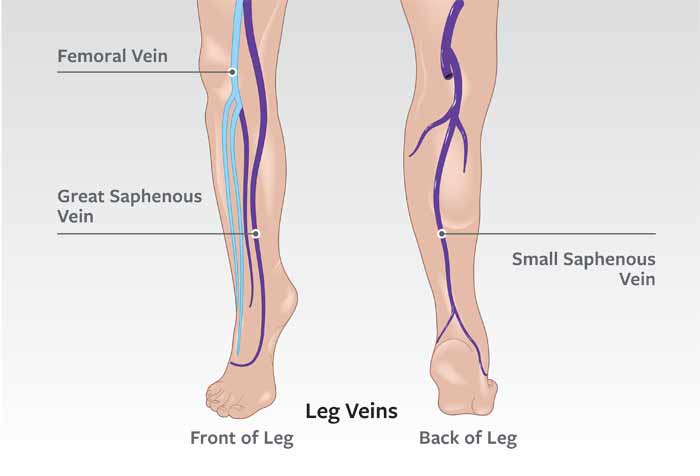
Chronic Venous Insufficiency (CVI)
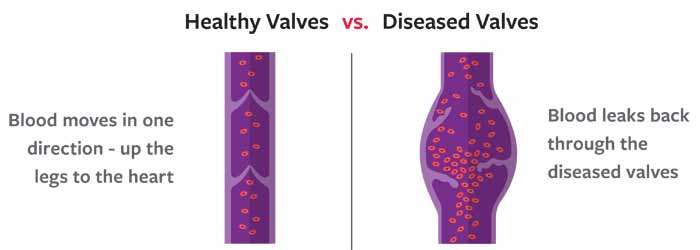
Healthy leg veins contain valves that open and close to assist the return of blood to the heart. Sometimes, the valves become damaged or diseased and can no longer close properly. As a result, blood can leak back through the valve and pool in the lower leg veins. This can lead to chronic venous insufficiency (CVI).
CVI a Progressive Medical Condition
Signs and symptoms of CVI vary. Some patients may have symptoms but a few have no visible signs of CVI.
Common signs and symptoms in the lower legs include:
- » Varicose veins or spider veins
- » Heaviness, aching, tightness or fatigue
- » Discomfort, pain or swelling
- » Restlessness or cramping
- » Numbness or itching
- » Skin texture or color changes
- » Ulcer or poor healing wound
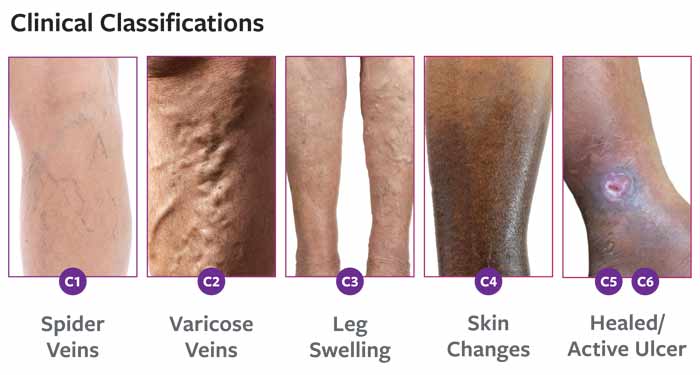
Without treatment, signs and symptoms may worsen.
In the United States, more than 30 million adults have CVI.1 Many factors contribute to CVI, including:
- » Family history of CVI
- » Age over 50
- » Multiple pregnancies
- » Obesity
- » Long periods of standing or sitting
Restore Healthy Blood Flow: The VENCLOSE™ Procedure
The latest, heat-based treatment option to close diseased veins and relieve symptoms.
- » Minimally invasive, outpatient procedure
- » Smaller catheter entry site
- » Proven technology
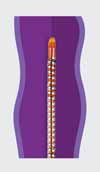
1. Your doctor will insert a small catheter into the diseased vein.
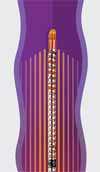
2. The catheter will deliver heat, causing the diseased vein to shrink and close.
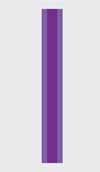
3. The catheter is slowly withdrawn to treat the entire diseased vein.
Once treatment is completed, blood flow will naturally reroute to nearby healthy veins. Your doctor will apply a bandage and may recommend compression to help the healing.
Common Questions
Q: Is the procedure painful?
A: Most patients report feeling little to no pain during the VENCLOSE™ radiofrequency ablation procedure. Your doctor will give you a local or regional anesthetic to numb the treatment area.
Q: How soon after treatment will my symptoms improve?
A: Most patients can notice a difference within the first 24 hours. Symptoms may continue to improve 1-2 weeks after the procedure.
Q: When can I return to normal activities?
A: Typically, patients can resume normal activities within a few days of the procedure. For a few weeks after the procedure, your doctor may recommend a regular walking schedule and discourage strenuous activities like heavy lifting or prolonged periods of time sitting or standing.
Q: Is the VENCLOSE procedure covered by insurance?
A: Most insurance plans provide partial or full coverage for most vein conditions. Office personnel can help in the preauthorization process with your insurance provider prior to treatment.
